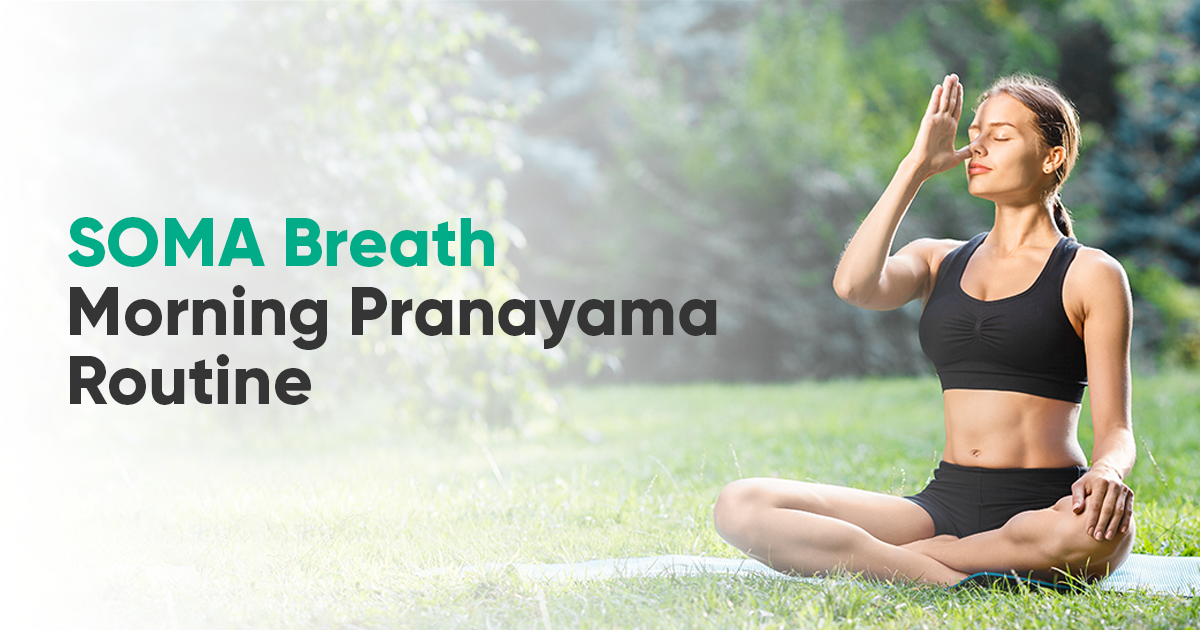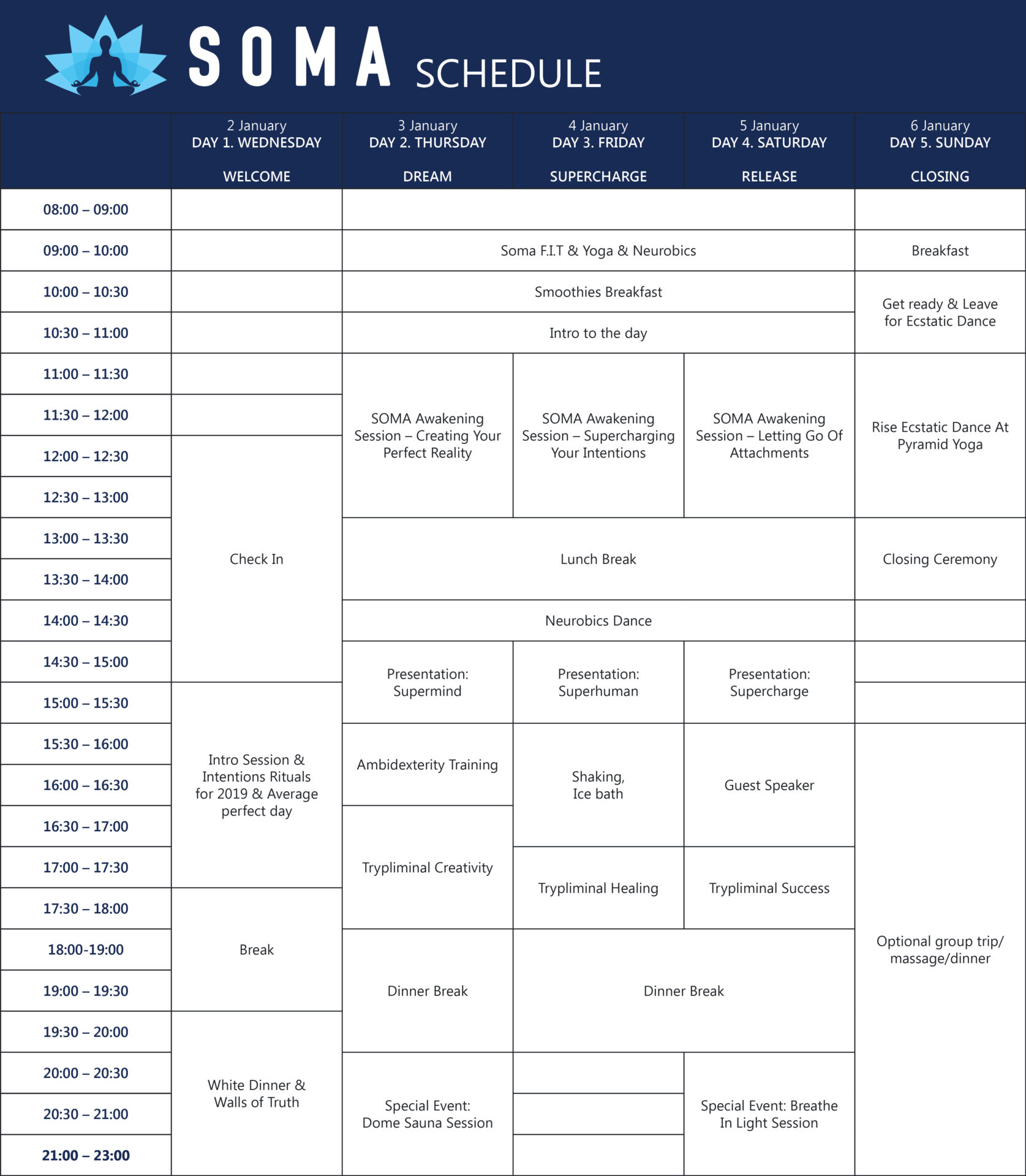Morning Breathwork Routine
One Of My Favorite Morning Pranayama Breathwork Routines For More Energy + Vitality From The Start Of The Day
Here is a simple but very powerful morning pranayama breathwork routine that I do often that will give you more energy and vitality from the start of the day.
Starting your morning with breathwork exercises is a great way to get a head start on the day. These mindfulness techniques help calm your central nervous system, clear your mind, and get you prepared for anything that life may throw at you.
Benefits of Morning Breathwork
My morning breathwork routines always leave me feeling energized, grounded, and confident and I can’t wait to share these simple yet effective techniques with you.
A regular and consistent breathwork routine may help you improve and feel better both physically and mentally. Research has shown that breathwork benefits include:
- Reduced Blood Pressure
- Relief of symptoms of anxiety and depression
- Lower cortisol levels (the stress hormone)
- Reduces feelings of PTSD and other trauma responses
- Improved mental focus
- Increased feelings of relaxation
- Better outlooks on life
- Feelings of overall contentment and peace
Imagine how much you can achieve starting each day with a clear and level head.
Here is a breakdown of the Pranayama exercises featured in this morning breathwork routine video, so you too can experience the benefits of this ancient technique.
To begin, it’s vital that you are seated comfortably with a straight spine.
Omkar chanting
To perform Omkar chanting during your morning breathwork meditation sequence, you will be focusing on creating the sounds “AH” “OH” “MMM” during your exhale. Begin by drawing in a deep breath through your nose. As you begin to exhale, begin making the”AH” sound allowing it to fall into the “OH” sound and ending with the humming sound of “MMM”. Your goal is to try to drag out the AUM as long as you can on a singular breath.
When you begin the chants you’ll notice a sort of lightness in your digestive glands as you create the “AH” tone. The feeling then creeps upward toward your heart as you produce the “OH” tone. Finally, the “MMM” or humming tone continues upward into your pineal and pituitary gland.
Omkar chanting is a great way to start off any morning breathwork exercise and you can do as many chants as you feel is necessary to help calm you and get you into the right mindset to continue the session. It is also the perfect time to set an intention for the day or your practice. Generally, expressing gratitude has a strong effect on calming the nervous system, helping set you up for a great session and day.
Bhastrika
Bhastrika is a circular breathing exercise that involves constant inhales and exhales. Usually, the practitioner will complete 20 sets of this rhythmic breathing during one session. It’s important to note that if you begin to feel dizzy or tingly, you should stop and breathe normally until you feel normal again.
To perform bhastrika, you will inhale deeply through your nose and then immediately let the breath go once you reach capacity, exhaling through your mouth. Force as much air out of your lungs as possible before immediately inhaling again. This sort of back and forth of inhaling and exhaling creates a circular feeling.
As you continue this breathwork exercise, you can also move with the breath. As you fall into a rhythm with your cycle, you may feel your chest moving in and out flexing the spine with each inhale and exhale.
Kumbhaka
Once you have completed your 20 breaths, you will fully inhale one more time before exhaling fully. Once all the air is out of your body, you will make a hissing sound like a snake to remove any leftover air from the lungs. Then you will enter a breath-hold.
During this breath-hold, allow your body to fully relax into itself. When your body begins to feel the need to take an inhale, countdown in your head from 10. Once you’ve reached zero, take a large inhale filling your lungs and then hold your breath again. Continuing this breath-hold for about 30 seconds, before exhaling and performing an Omkar chant tone.
Anulom Vilom/Nadi Shodhana
Anulom Vilom, also known as alternate nostril breathing, is a breathwork technique that is thought to help stimulate and balance both hemispheres of the brain. Alternate nostril breathing is perhaps one of the best known pranayama or breathwork exercise thanks to how simple it is.
To perform alternate nostril breathing, begin by placing your middle finger of your right hand in between your eyebrows. This spot is also called the third eye or the anja chakra. Then use your thumb to gently close your right nostril while inhaling. Hold the breath for a short count while both nostrils are closed before removing your thumb from your right nostril and using your ring finger to close your left nostril before exhaling.
This sequence is great to end your morning breathwork routine with. You can continue to do this exercise for as long as you feel is necessary, simply repeating the sequence for several minutes until you’re feeling nice and relaxed.
Conclusion
Starting your day with a morning breathwork routine is a simple and effective way to ensure that your mind and body is calm and ready for whatever stressors life has in store for you. Breathwork and pranayama techniques have been utilized for centuries by cultures as a way of life, reaping in the benefits of daily practice.
Now, you too have the tools to start your breathwork journey. What may be a simple 15 minute breathwork exercise has the power to change your entire life and if you are looking for more, SOMA breathwork is a leader in the breathwork industry. Creating a cutting edge breathwork experience by combining the proven benefits of pranayama with the beats and tones of music, SOMA breathwork offers you the ability to dive deeper into yourself and your life’s journey.
So what are you waiting for?
Discover How To Use Breathwork To Achieve
Optimal Health & Longevity
Centuries ago, the ancient yogis deeply understood respiration and its role to produce energy in the body. They developed Pranayama, a branch of yoga focusing on breathwork techniques to increase their resting breath hold time (BHT).
This was their secret to achieve optimal health, peak strength and performance, zenithal emotional and mental health, profound spiritual connection and wisdom, and incredible longevity.
Today, modern science has recognised the link between breath-hold time (BHT) and longevity. Evidence-based research has shown that training your body to increase your BHT can put you on the fast track to optimal health and longevity.
SOMA Breath Fit Challenge is an 11-day challenge designed to increase your BHT safely, efficiently, and easily. The best part is you don’t need any special equipment — just your breath!
Let’s supercharge your health the fun, easy, and sustainable way by joining our SOMA BreathFit Challenge.

About Niraj Naik
Niraj Naik is a certified UK pharmacist turned holistic wellness, brain-training and breathwork expert. He is one of the world’s most sought-after spiritual ceremony facilitators and leads breathwork workshops around the world.
His journey started amid a “burnout” in his corporate career when he found himself bedridden with chronic illness for more than a year. Healing himself using breathwork techniques and dietary adjustments, Niraj felt motivated to share his knowledge with others.
SOMA Breath, a global breathwork community, was founded by Niraj to help empower others to take charge of their own healing and wellness. He has also trained hundreds of breathwork experts through his SOMA Breath framework, which is also taught at numerous wellness centres in the US, Europe and Asia.


